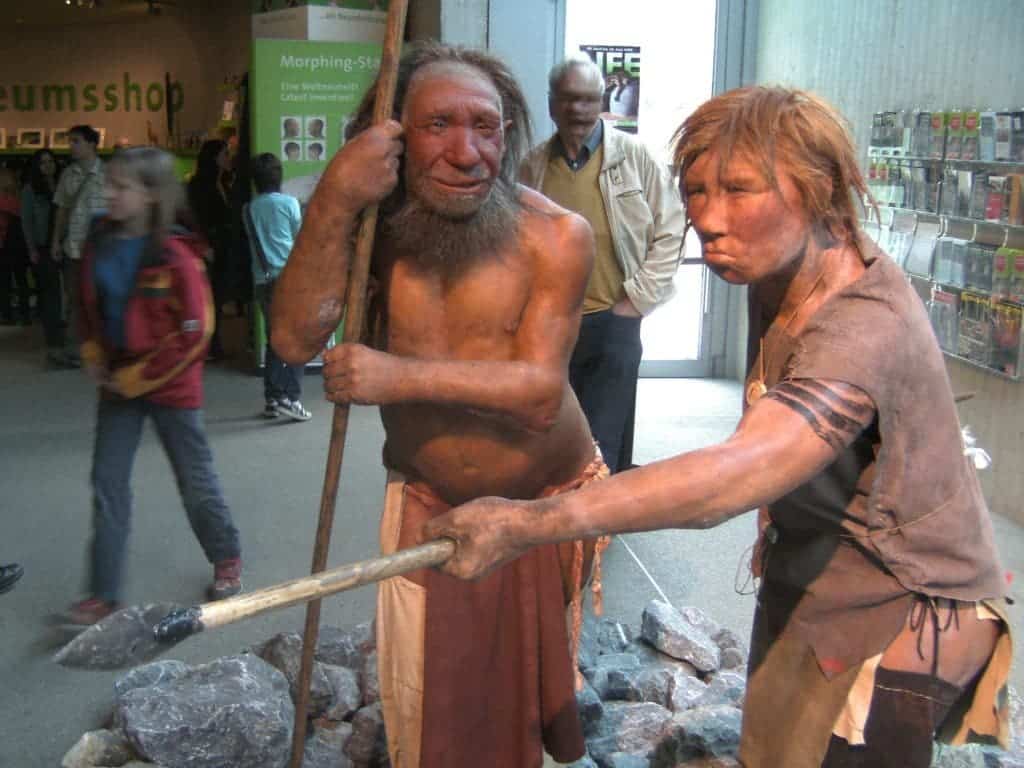Small populations and inbreeding may have driven the Neanderthals extinct, new research suggests.

Neanderthals disappeared sometime around 40,000 years ago, about the same time as modern humans began moving into Europe and the Near East. Because of the timing, it’s often held that modern humans helped drive our ancient relatives extinct, but this theory hasn’t been confirmed or infirmed up to now.
A new study looked at the population dynamics of Neanderthal groups in a bid to gain insight into their extinction. Through the use of demographic modelling, the team tried to establish if internal factors helped drive the Neanderthals out of history — and whether they were headed for collapse on their own, without the ‘help’ of modern humans.
Family ties
“Our results indicate that the disappearance of Neanderthals might have resided in the smallness of their population(s) alone,” the paper’s abstract reads. “Even if they had been identical to modern humans in their cognitive, social and cultural traits, and even in the absence of inter-specific competition, Neanderthals faced a considerable risk of extinction.”
The team used data from hunter-gatherer populations today as a guideline for their modeling efforts. After observing how these groups operate, the team developed population models for Neanderthal groups of various initial sizes: 50, 100, 500, 1,000, and 5,000 individuals.
The team then mixed in the effects of inbreeding, Allee effects (where reduced population size negatively impacts individuals’ fitness), and random demographic fluctuations (caused by shifting births, deaths, and sex ratios) into their simulated societies and observed the results. What they wanted to determine was if these factors were enough to drive the communities to extinction over a 10,000-year period.
Inbreeding alone was likely not enough to drive most Neanderthals to extinction. The team notes that it only led to the collapse of the smallest population modeled for the study. However, Allee effects could cause the extinction of populations up to 1,000 individuals strong when 25% of fewer Neanderthal females gave birth within a given year (the team reports that this is a common birth rate in hunter-gatherer societies today. When all three factors were together (inbreeding + Allee effects + demographic fluctuations), all the populations modeled in the study died out within 10,000 years.
Being based on computer models — which themselves are based on modern human hunter-gatherers — means that the findings should be taken with a grain of salt. While the models can’t account for everything, they do give us a general idea of what was happening to the Neanderthals at the time, the team reports.
It’s possible that the encroachment of modern humans impacted the Neanderthals in ways that promoted inbreeding and subsequent Allee effects, which obviously could not be accounted for by the models. However, even in the absence of modern humans, Neanderthals were headed to extinction due to their demographic issues, according to the findings.
The paper “Inbreeding, Allee effects and stochasticity might be sufficient to account for Neanderthal extinction” has been published in the journal PLOS ONE.









